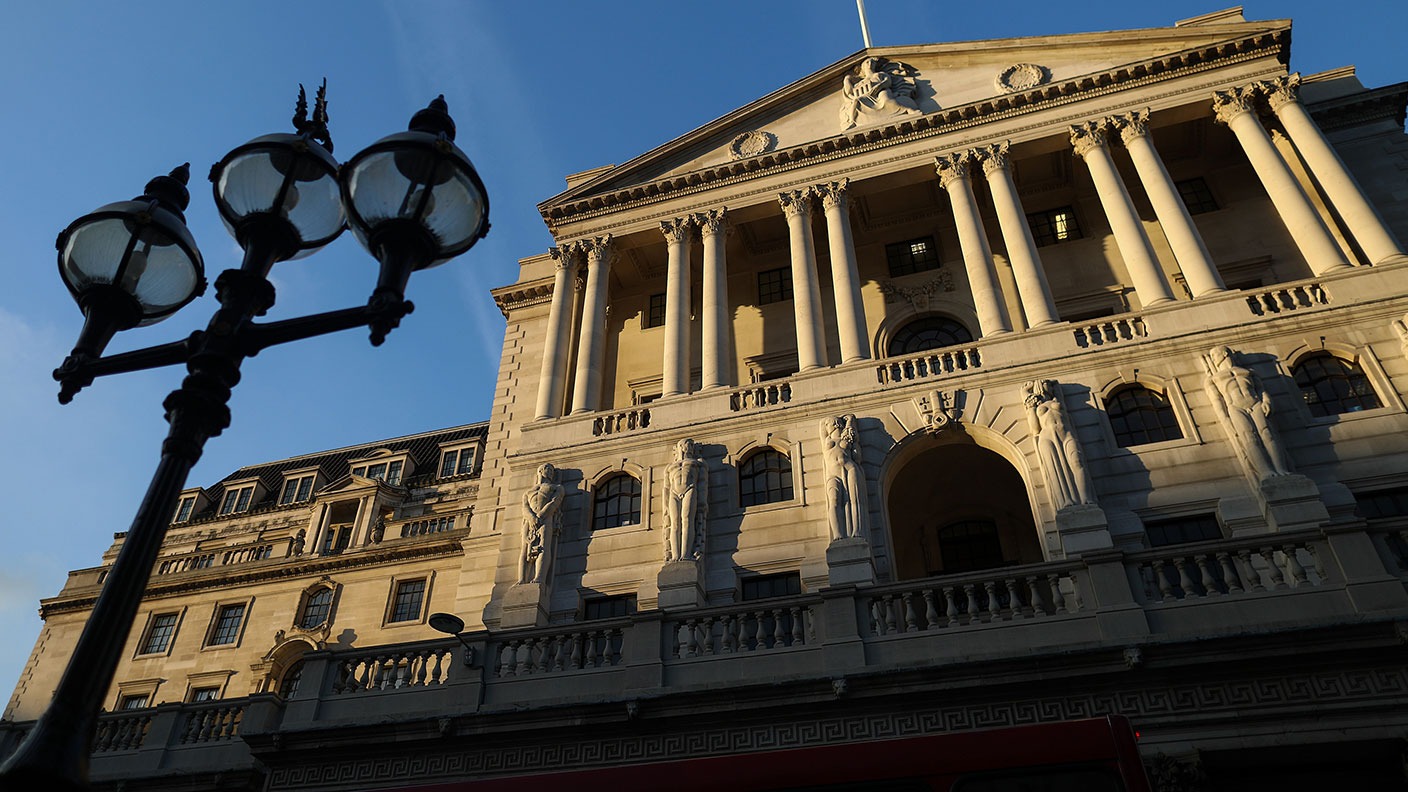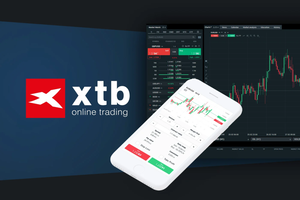April’s inflation data in the U.K. could produce a temporary spike in headline figures, but ING believes underlying pressures are easing, especially in services inflation—the key measure watched by the Bank of England.
“Services inflation, a key indicator for the Bank of England (BoE), should fall much closer to 4% by June,” said James Smith, Developed Markets Economist at ING. He expects it to drop to around 4.2%, well below the central bank’s own projections of about 5%.
The April release, set for May 21, has historically sparked sharp market reactions. In 2023 and 2024, April’s inflation prints prompted some of the largest repricings of BoE expectations.
ING notes this year’s data is likely to be volatile again due to regulated hikes like water bills, energy prices, and road tax increases. However, Smith believes that the worst of the inflation pressures may already be behind.
Rents, a major component of services inflation, are expected to exert less pressure going forward. Smith points out that rental growth—currently near 8%—is slowing on new leases, and rent increases in the social housing sector are now capped below 3%, compared to nearly 8% last year.
“These prices are updated in CPI once per quarter, so the full effect of this won’t show up until July,” Smith notes.
Wage growth, another key concern for policymakers, is also cooling. While annual private-sector pay growth remains elevated at 5.6%, ING highlights that the three-month annualised rate has fallen to 3%. According to the BoE’s Decision Maker Panel, companies are also planning more modest pay increases ahead.
3rd party Ad. Not an offer or recommendation by Investing.com. See disclosure here or remove ads. According to ING, the BoE will want confirmation from official data, especially given the recent rise in the National Living Wage. While wage data is a lagging indicator, lower vacancy rates and softer hiring expectations support the view that pay pressures may continue to ease.
The softening in core inflation components could allow the BoE to become more comfortable with rate cuts.
“The Bank of England should – pretty quickly – become more relaxed about the inflation story,” Smith said.
While a June cut appears unlikely, the bank expects easing to resume in August, with one cut per quarter. Importantly, ING sees scope for a lower terminal rate than markets currently forecast, predicting 3.25% versus the 3.7% priced in.
In sum, ING believes that the combination of slowing services inflation, decelerating wage growth, and easing rental pressures should give the BoE room to adopt a more dovish stance throughout the year.













